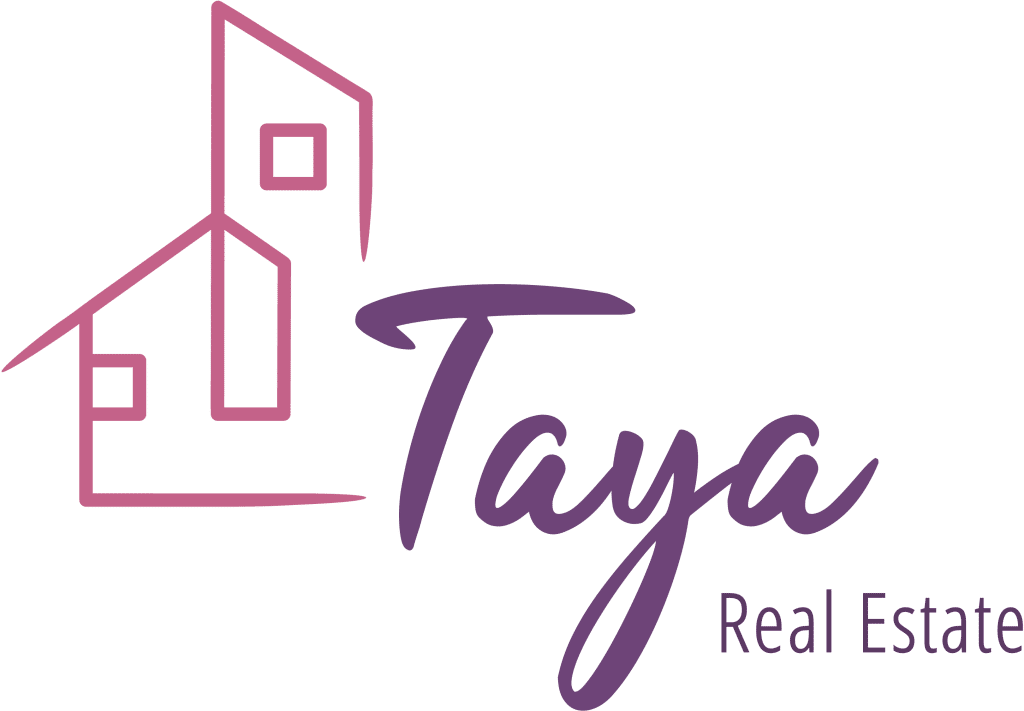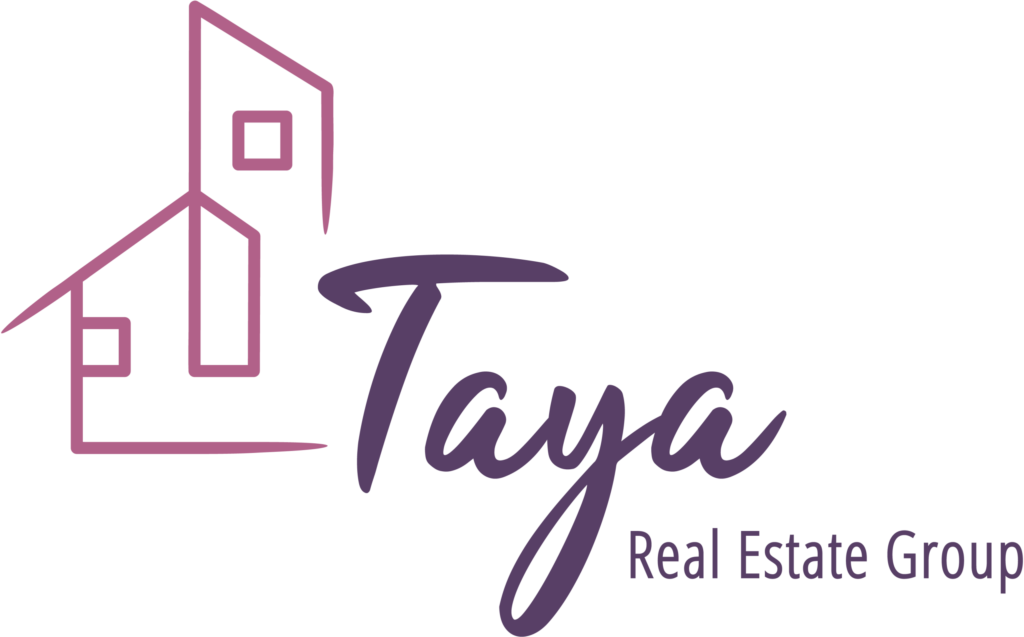The pandemic reshaped how we live and work, with remote work becoming a permanent fixture for many professionals. This fundamental shift has significantly influenced housing preferences, with individuals and families rethinking where and how they live. For real estate buyers, sellers, and investors, understanding these evolving priorities is essential.
In this post, we’ll explore how remote work has altered housing demand, examine regional and design trends, and provide actionable insights for navigating this new landscape.
How Remote Work is Reshaping Housing Demand
1. The Rise of Suburban and Rural Living
Remote work has diminished the importance of commuting, allowing workers to prioritize affordability and space over proximity to urban centers:
- Trend: Suburban and rural areas have seen a surge in demand as families seek larger homes with yards and quieter environments.
- Example: A survey by the Canadian Real Estate Association (CREA) revealed a 35% increase in home sales in suburban Ontario towns like Barrie and Guelph between 2020 and 2023.
2. Demand for Larger Homes
With remote work blurring the lines between professional and personal life, buyers are seeking homes that can accommodate workspaces:
- Key Features: Dedicated home offices, larger living areas, and multi-functional rooms.
- Case Study: A Toronto couple upgraded from a two-bedroom downtown condo to a four-bedroom home in Oakville, citing the need for separate offices and play areas for their children.
3. Shift to Lifestyle-Centric Choices
Buyers are now placing greater emphasis on lifestyle factors:
- Proximity to green spaces, recreational facilities, and strong community vibes.
- Access to high-speed internet and reliable utilities, especially in rural areas.
Regional Housing Trends in the Remote Work Era
1. Urban Centers
While many predicted an exodus from urban areas, cities remain popular for those who value cultural amenities and shorter commutes for hybrid work setups:
- Adaptations: Developers are creating larger condos with integrated workspaces to cater to remote professionals.
2. Suburbs
Suburban areas have benefited the most from this trend:
- Hot Spots: Neighborhoods in Vaughan, Milton, and Mississauga have become attractive for buyers who desire more space without sacrificing urban accessibility.
3. Rural Escapes
For some, the allure of nature has driven a move to rural communities:
- Example: The Muskoka region has seen a 25% rise in home purchases, with buyers citing scenic beauty and affordability.
The Role of Home Design in Remote Work Housing Preferences
1. Dedicated Home Offices
- Essential Features: Buyers prioritize homes with separate workspaces, ample natural light, and soundproofing.
- Tip for Sellers: Staging a spare room as a home office can increase buyer interest.
2. Multi-Functional Spaces
Homes with flexible layouts are in high demand:
- Examples: Convertible living rooms, Murphy beds, and basement studios.
3. Outdoor Living Areas
Remote workers are placing greater value on outdoor amenities:
- Popular Features: Decks, patios, and large yards.
Case Study:
A real estate developer in Calgary incorporated rooftop gardens into a townhouse project, resulting in units selling 30% faster than comparable properties.
Challenges in the Remote Work Housing Market
1. Affordability
The shift to suburban and rural areas has driven up prices in these regions:
- Impact: Buyers may face affordability challenges in areas that were previously considered budget-friendly.
- Example: In Kelowna, British Columbia, median home prices rose by 20% in two years due to increased demand from remote workers.
2. Internet Connectivity
For rural buyers, reliable high-speed internet is non-negotiable:
- Insight: Real estate agents report that internet quality is a deciding factor for 40% of buyers in rural markets.
3. Balancing Hybrid Work
For professionals who split their time between home and office, proximity to transit and highways remains important:
- Tip: Homes near commuter hubs like the GO Transit system in Ontario continue to attract hybrid workers.
Opportunities for Sellers and Investors
1. Sellers: Highlight Remote-Friendly Features
Emphasize aspects of your home that appeal to remote workers:
- Dedicated workspaces.
- Energy-efficient features like smart thermostats.
- Proximity to parks and community centers.
2. Investors: Focus on High-Demand Markets
Remote work has created opportunities in suburban and rural rental markets:
- Strategy: Invest in properties with strong internet infrastructure and flexible layouts to attract tenants.
Case Study: Adapting to Remote Work Preferences
The Situation
A young family in Vancouver sought to escape high housing costs while maintaining access to urban amenities.
The Move
They purchased a four-bedroom home in Kamloops, British Columbia, for $650,000, a fraction of what a similar home would cost in Vancouver. The property offered ample space for remote work, strong internet, and nearby hiking trails.
The Outcome
The family reported increased work-life balance and satisfaction, reinforcing the growing appeal of regional markets.
Tips for Navigating the Remote Work Housing Market
For Buyers
- Assess Internet Quality: Test connectivity in rural areas before committing.
- Prioritize Versatility: Look for homes with adaptable layouts that can meet future needs.
For Sellers
- Stage Smartly: Showcase rooms as potential offices to appeal to remote professionals.
- Focus on Features: Highlight outdoor amenities and energy-efficient systems.
For Investors
- Target Growth Areas: Research regions with rising demand from remote workers.
- Consider Long-Term Trends: Invest in properties that cater to evolving lifestyle needs, such as green building features.
Final Thoughts
The rise of remote work has permanently transformed the housing market, reshaping where and how people choose to live. From suburban sanctuaries to rural retreats, the demand for space, functionality, and connectivity is driving new trends that are here to stay.
Whether you’re buying, selling, or investing, understanding the impact of remote work on housing preferences is essential for making informed decisions in today’s dynamic real estate market. To explore opportunities or gain expert insights, visit Taya Real Estate. Our team is here to help you navigate this evolving landscape with confidence.








